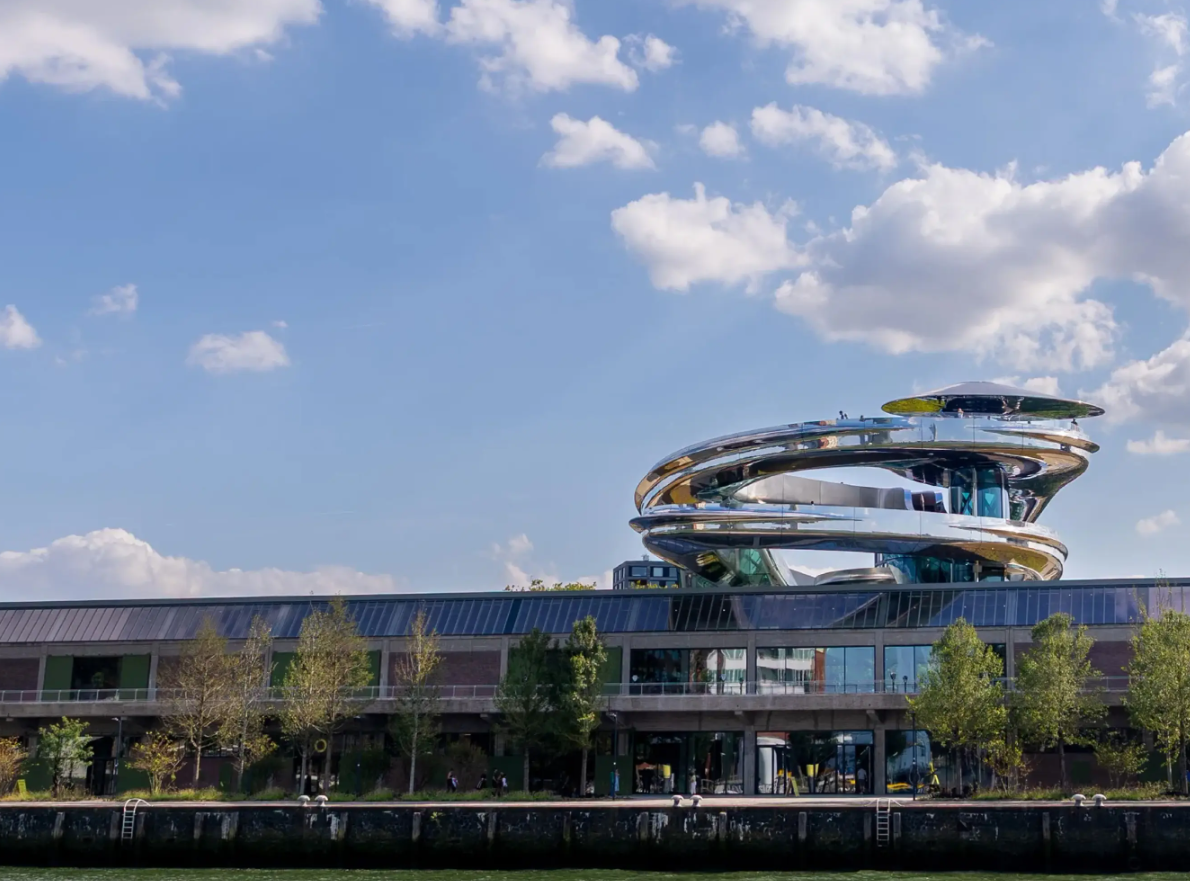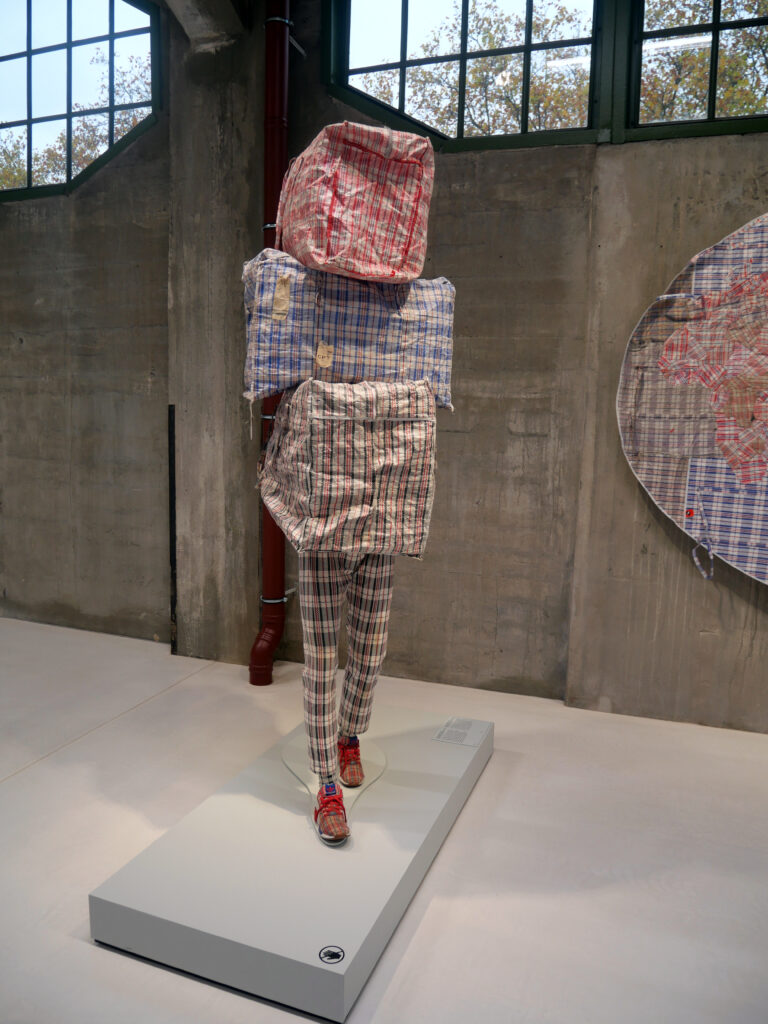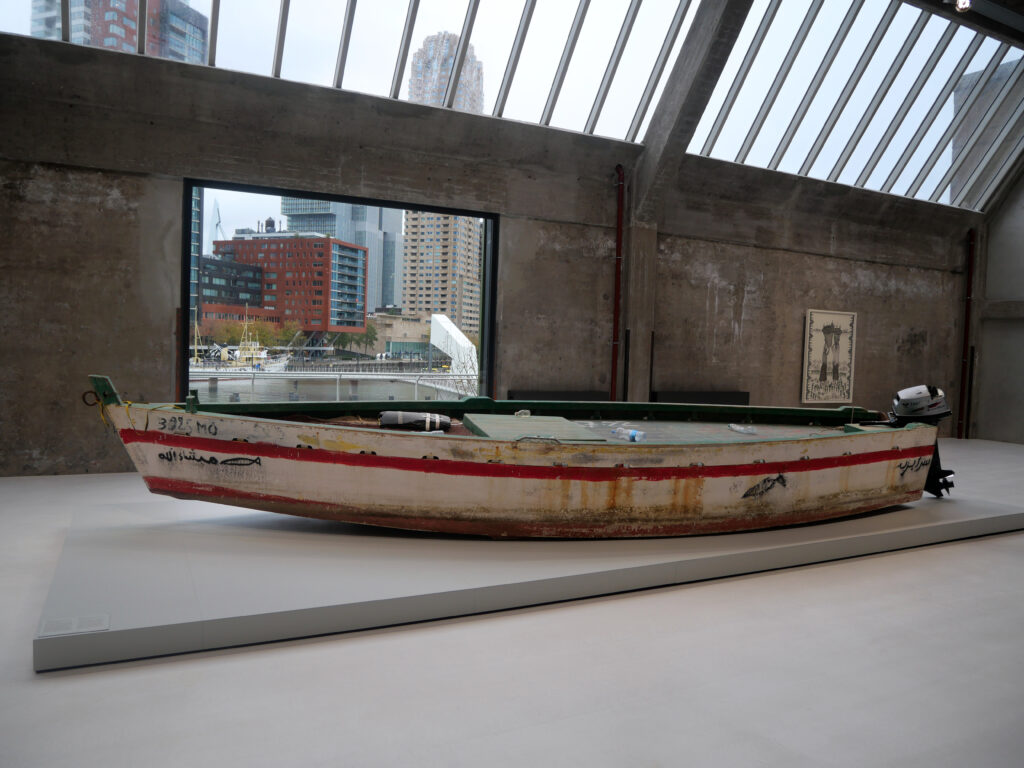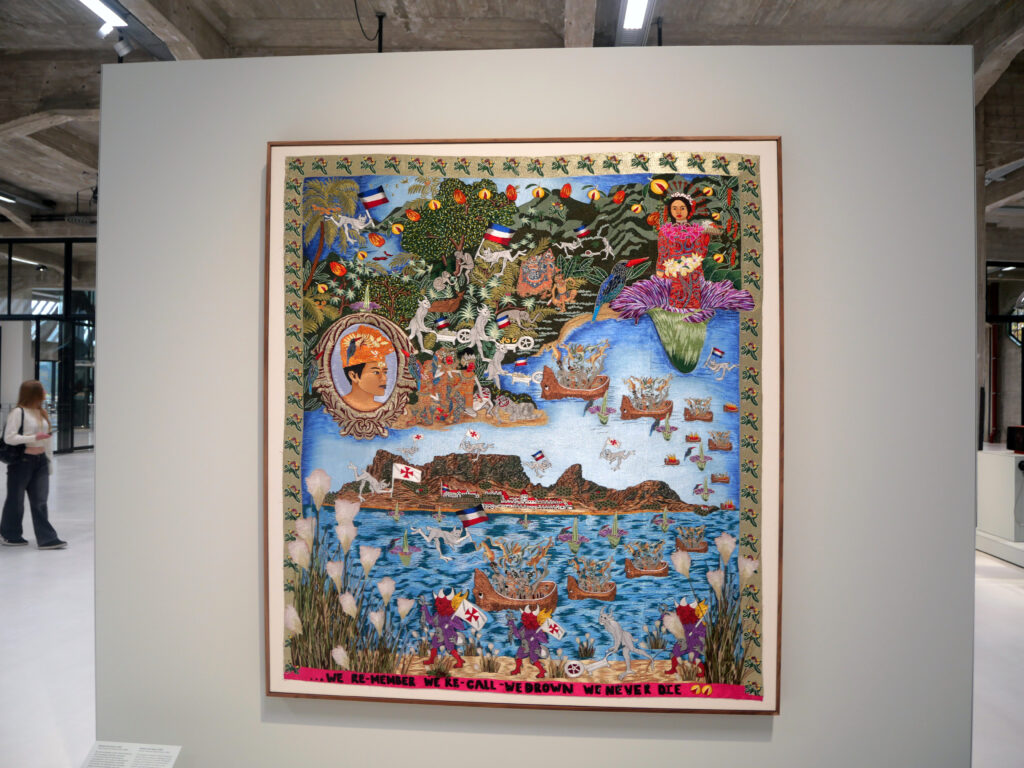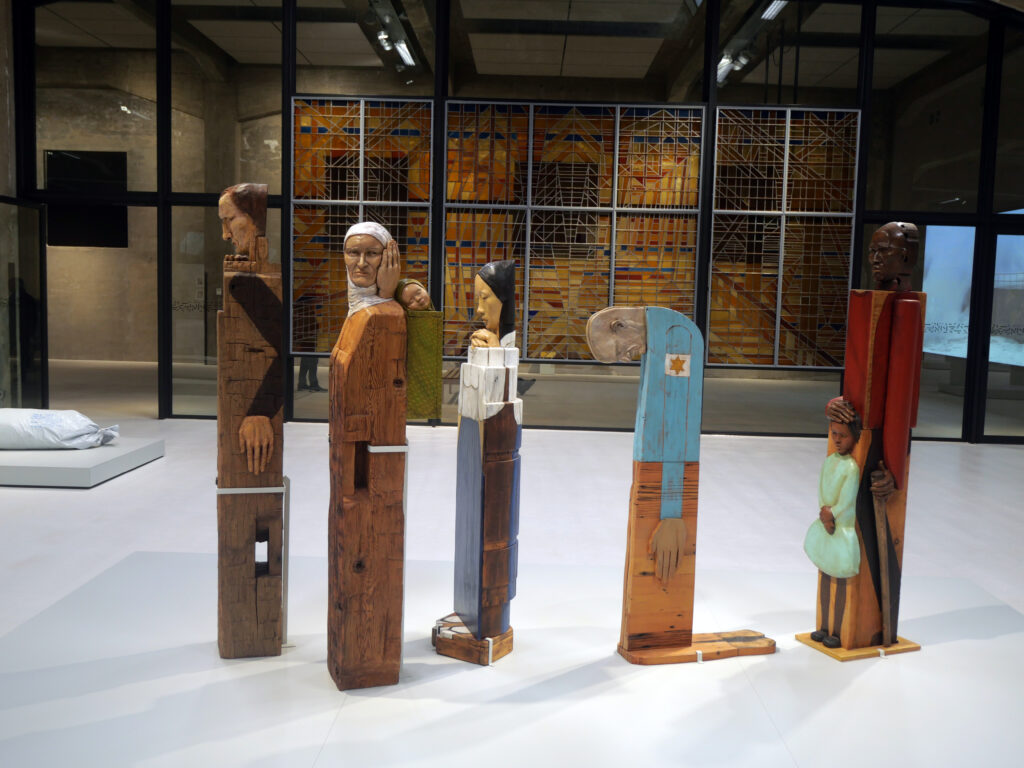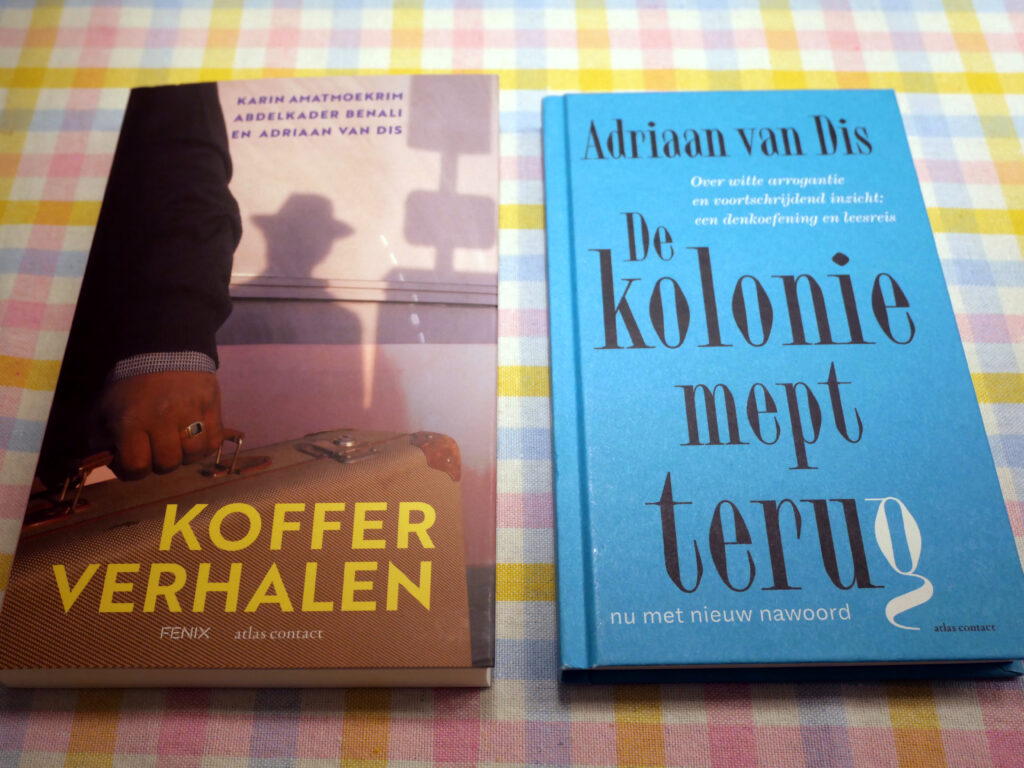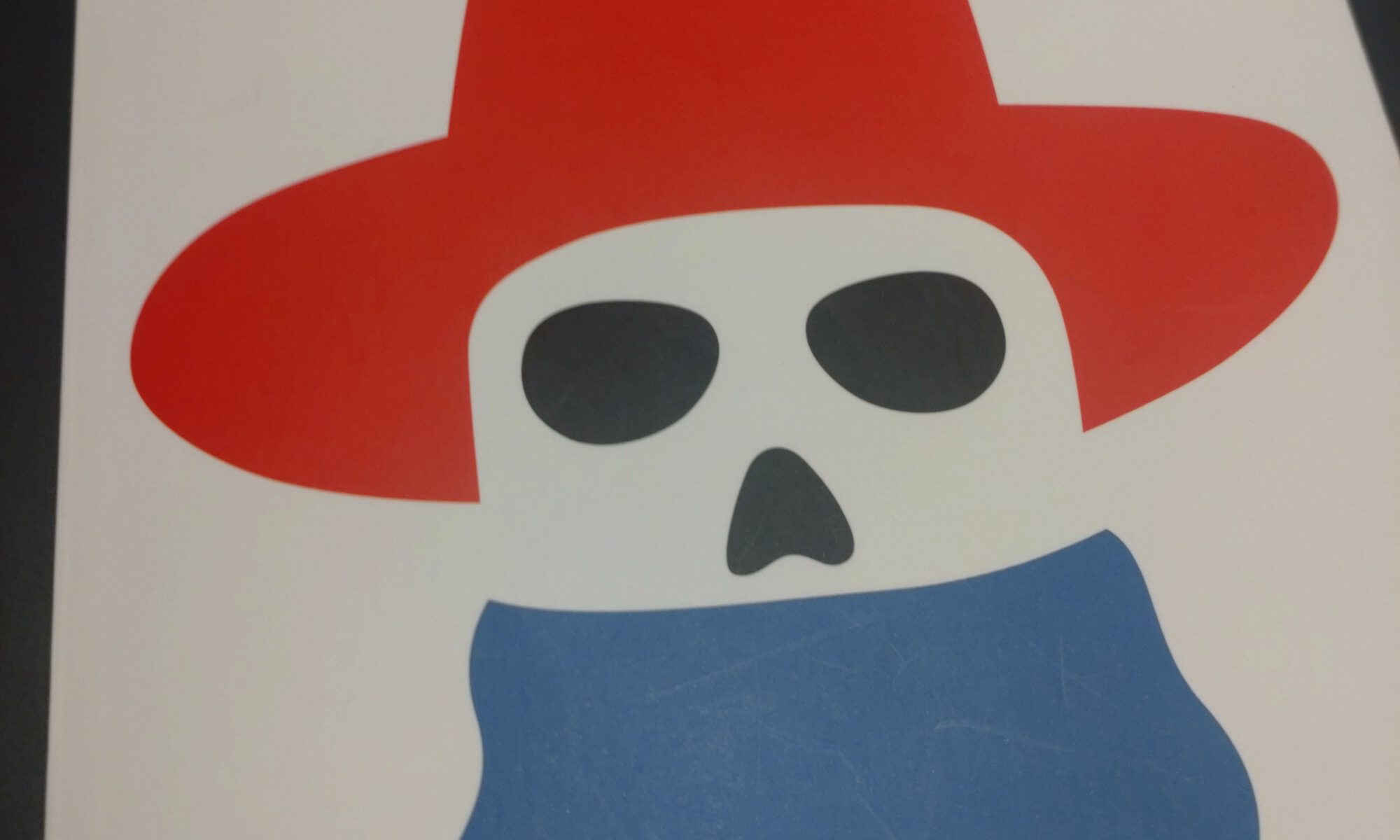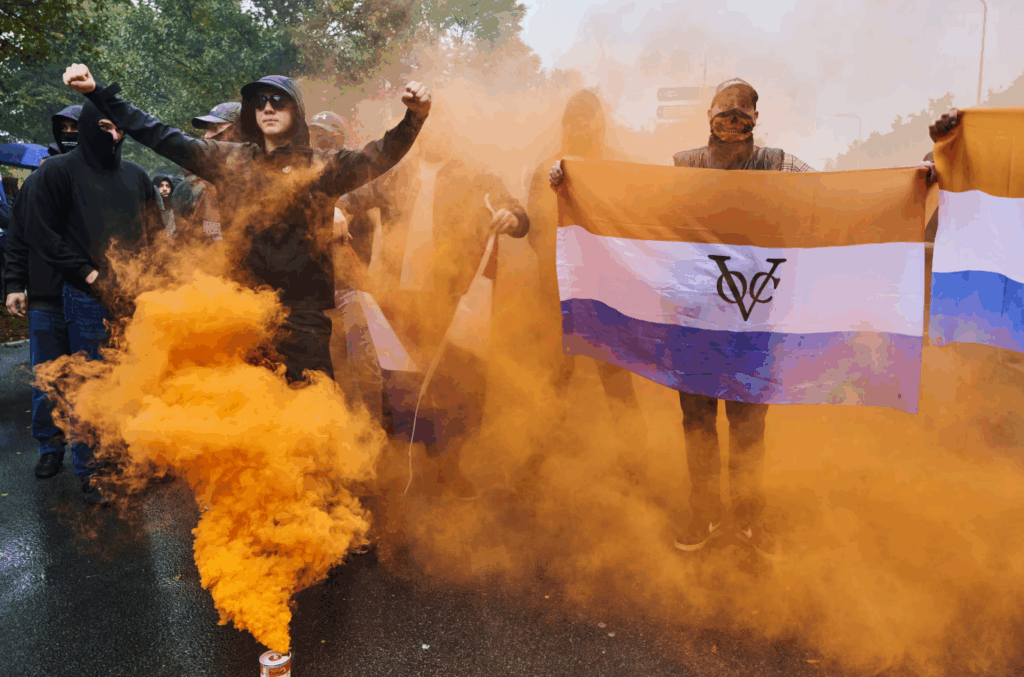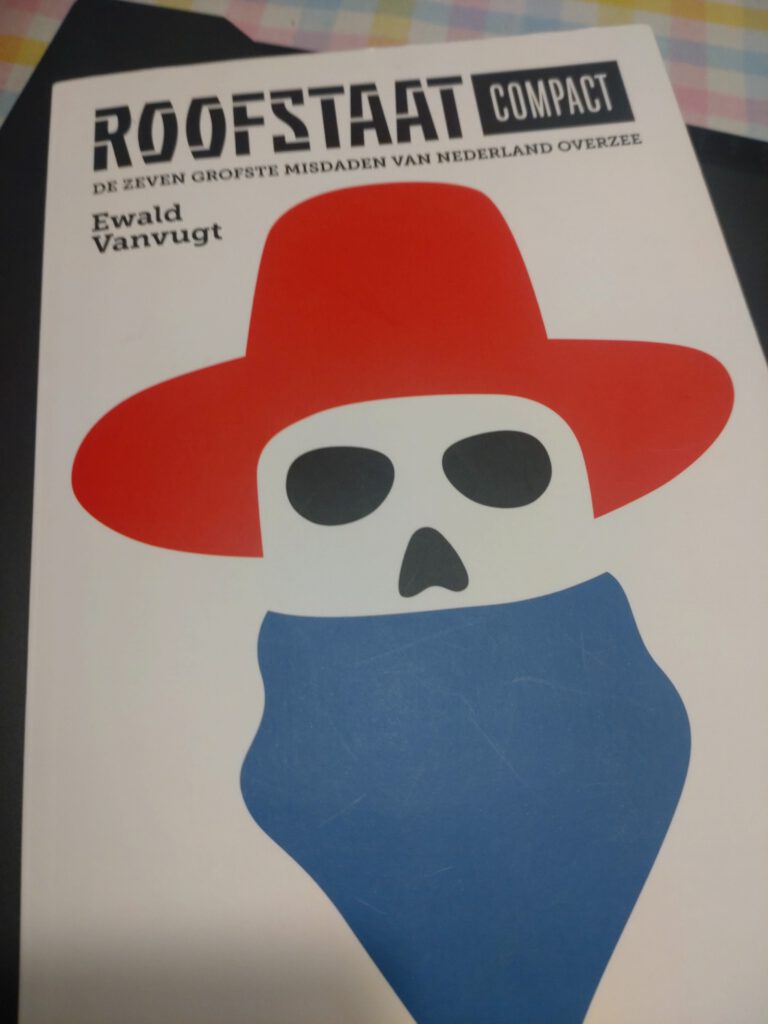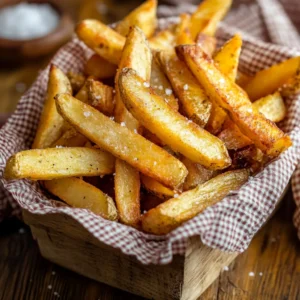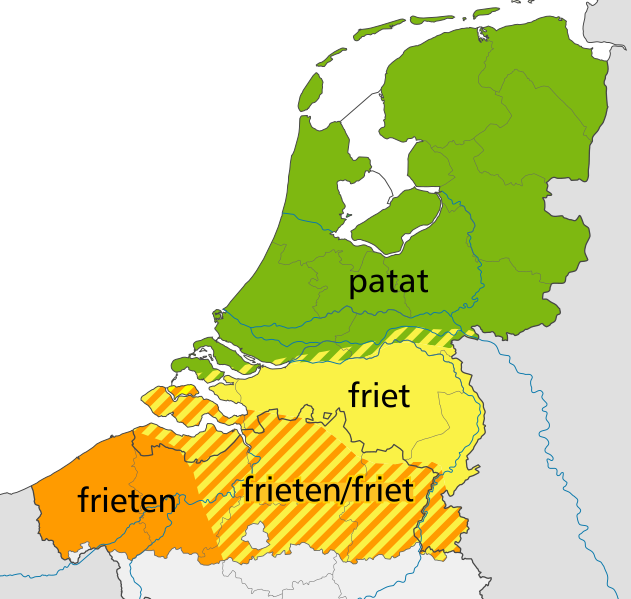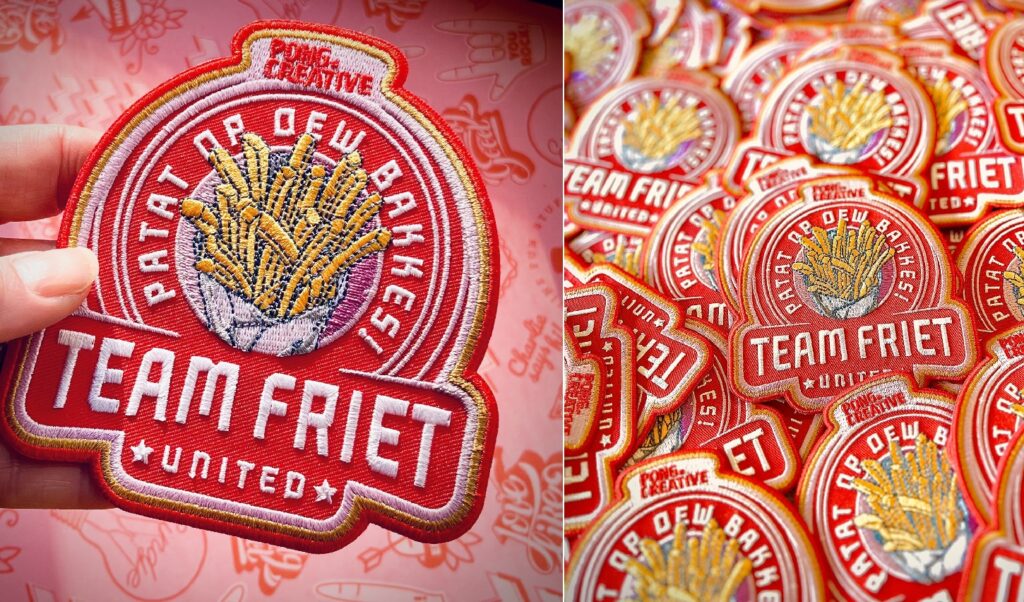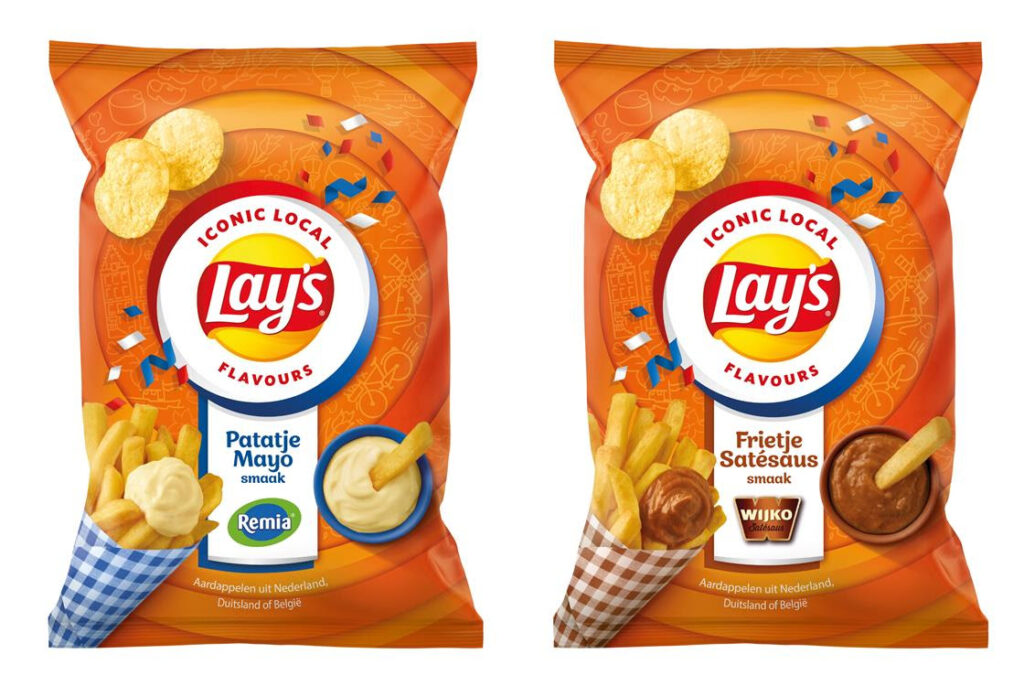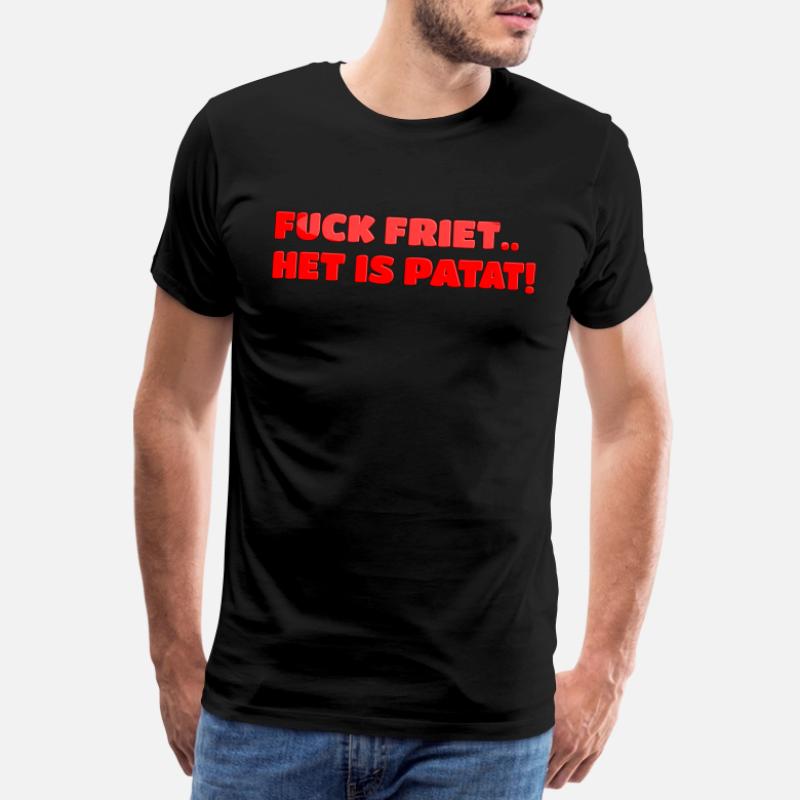Whenever I visit Amsterdam, I try to do it on a weekday unless I have something special going on. So last weekend was the once a month flea market at the IJ-hallen on the NDSM square, which is marketed as the largest flea market of Europe.
It is big but not for me. The stuff offered this time round was more junk than a good deal.
I was very surprised there were just a few stalls that sold vintage tableware. Items that I am more used to seeing in my local area. If you were looking for a steal of a price on second hand fur or leather coats, than you had a great day. As a plus-size woman, second hand clothing is very rare. And if there are any in the shops or on markets, they are usually snagged up by a seamstress to turn into a pair of gauntlets or two summer dresses.
Getting to the IJ-hallen is fun, you take a free ferry from Amsterdam Central station and within 10 minutes you will have crossed the IJ and ventured in a newly developed area.
I think property is well above wealthy line and the Shell office is the most fugly building I have seen. Skyline polution next to enviromental polution, does this company have no shame.
While I am an early bird my husband is not, so I left at 8am while he joined me after 12. To kill time while he was training it up the North, I decided to have a bit of brunch at Dammie near the Zeedijk. I heard about them from a sandwich tester duo that I am no longer following, because if you follow someone long enough, you find out you do not allign with them politically and I say tax the rich.
The route that I walked was only busy when I followed the Zeedijk. Busy I say, it is nowhere near as busy as walking on the Damrak. I have nothing of interest to see or do there. The food establishments are tourist trappy, let them serve tourists.
When I arrived at Dammie, it was before noon, so the lunch rush had not started yet. A couple of annoying British stag-do men who do not know how to handle weed but that’s life when going to Amsterdam on the weekend.
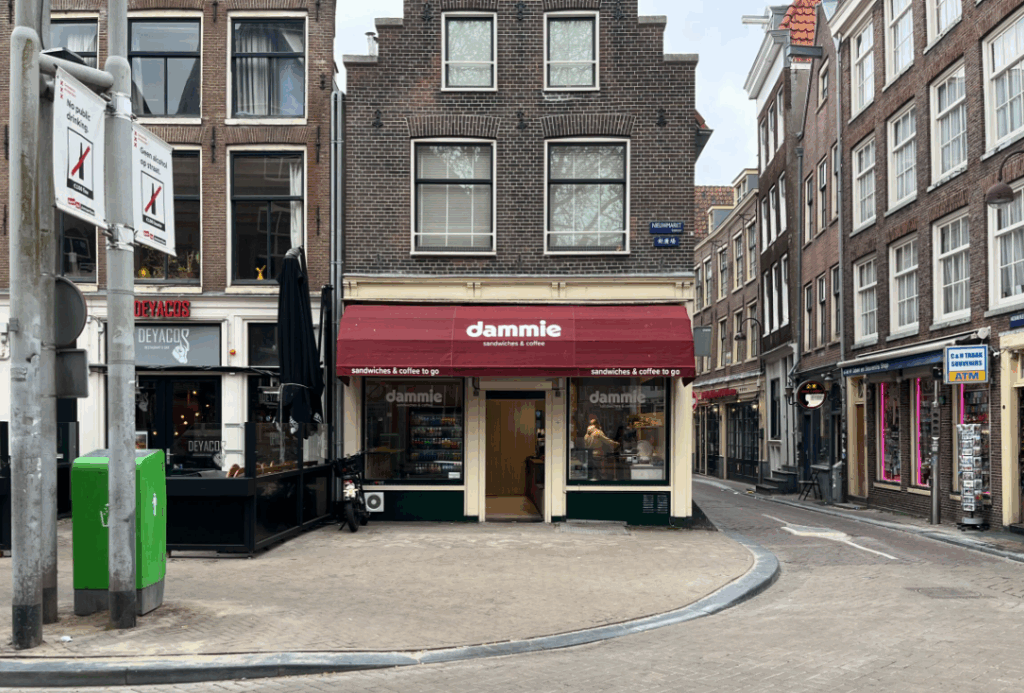
I opted for a Chicken Melt because I cut down my red meat to once every other week and I wasn’t fancying a Tuna Melt at the moment. They toasted this huge flat bread, filled it with chicken and a massive amount of cheese. I love cheese, but this was a bit too much. I even missed my husband, because the melt was too big and normally we go halfsies on things like this. With a lot of effort I managed to finally finish the melt and move to my next destination – antique bookshop Kok.
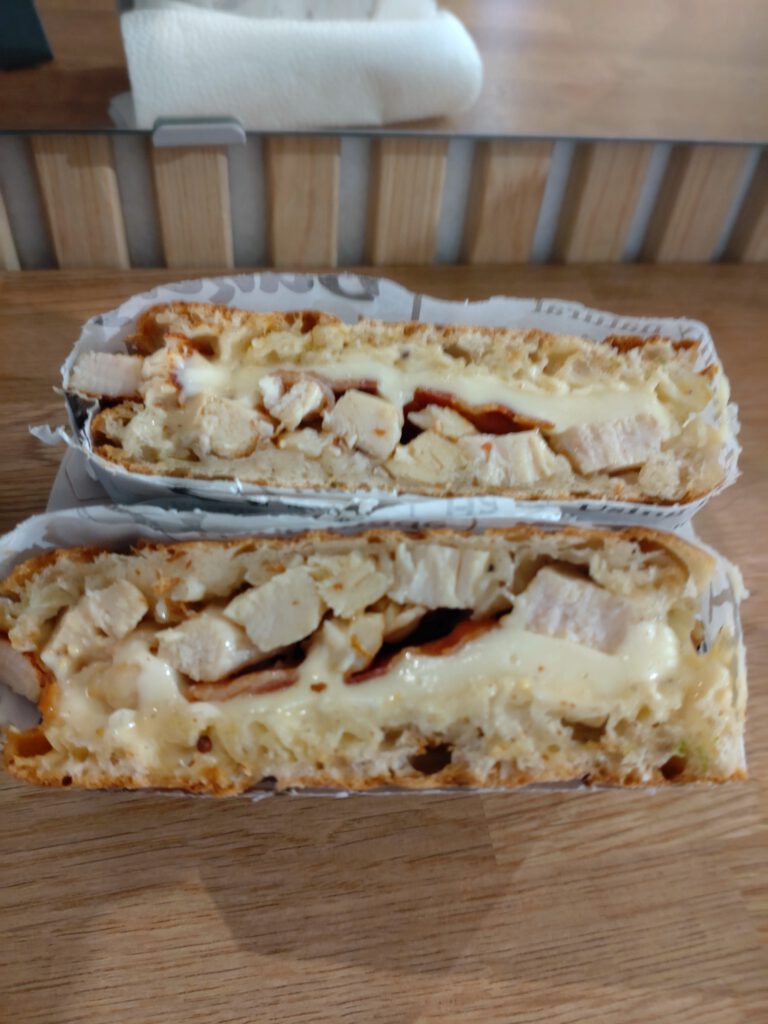
I followed the road parallel to the red light district, another tourist trap place which I like to avoid. Sometimes you see tourists bring their kids and then act shocked you see a scantily clad sex workers. What else do you think a red light district is? I am not against sex work, I am against human trafficking. I know the municipality does raids on these locations to check if the girls are working there out of their own will but it still happens that the pimps are not kosher and violent with the women.
I was hoping to find more books about batik or anything else related to Indonesia at Kok but I only found a litho print with people of Asia. They had a woman from Celebus (currently Sulawesi) depicted on there, so I was able to show that to my mum and she recognised the traditional clothing.

My next best bet would be de Slegte, I had checked online and they had some books in stock and I was hoping they wouldn’t be gone by the time I got there. I turned the corner of Scheltema (book store) to make my way down the Rokin that runs parallel of the Kavelstraat and normally is way less crowded than the other shopping street. But not this time. Apparently right next to Scheltema, van Stapele opened up a store and the line was hella-long.
Maybe the cookies by van Stapele are good but it has been overshared by influencers into oblivion and I give it a hard pass. Same as the stroopwafels by van Wondere or the fries by Fabel. The people living in Amsterdam find the lines annoying, they are a nuisance and trash is left everywhere. People sitting and eating at someone eleses porch and blocking their doors. No considiration for the people living there. Me not going there, won’t bankrupt them as they are touristy.
On the way towards the Slegte, I had a wee trip down to Popmart Store as the new Labubu 1 AM series had released that day and if there was a line I would just skip it. There was no line and after 10 mins I was outside with my purchase. Super speedy service once again.
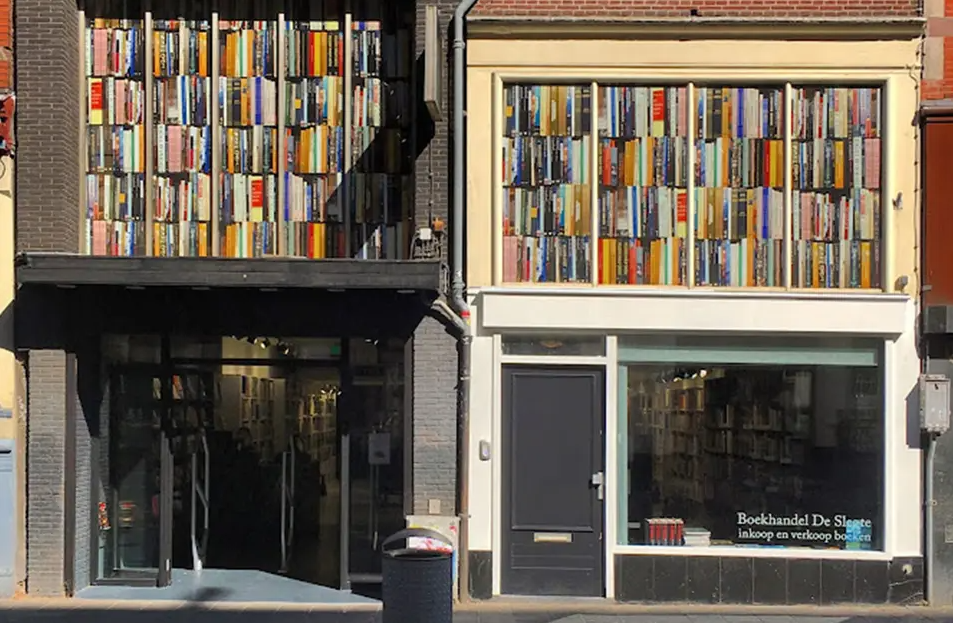
I hit the jackpot at de Slegte. 4 books about batik and wajang dolls. One of those books is mega special with all decorative textile art of Indonesia. So much history to read up on, its making my head spin. Backpack filled with books, 15 kilogram, I found out my husband had made his way to Amsterdam.
Earlier I had texted him to meet at Tigris & Eufraat for a Syrian shawarma but because I was stubborn to walk the distance between de Kok and de Slegte I was very late to meet him. I had to walk another 10 mins towards the Rijksmuseum to catch the tram from the Prinsengracht toward the Dappermarkt.
I called him to tell him to buy his lunch while I was on the way because I was still full of melt sandwich and didn’t have to wait long for the tram line 7 to arrive. I had 6 stops to go for my destination and plopped my tired body in front of an old Indonesian woman, smiled at her and joked this bag full of bricks.
What then happended was one of the most wholesome interactions of the day. She said I look tired, gave me a piece of dark chocolate which perked me right up. I gave her a Kopiko sweet (Indonesia coffee drop) and I said my goodbyes as my stop was coming up. She waved at me when I was outside and butterfingers me dropped my public transport card which was picked up by two lovely Maroccan women. You three made my day!
Funny thing was when I turned the corner and ran straight into my husband. Small world Amsterdam lol. He had a great shawarma and I suggested we walk down the road, past the Dappermarket, to Rayleigh & Ramsay Oost for some drinks and bites. If you like oysters, this is a good spot to get them, they are EUR 1 a pop and tucked away from the tourist area. You can pour your own full or half glasses of wine and their IPA’s and kombuchas were really good. We had a set of prawn croquettes which were divine. Love in-house made croquettes.
I wanted to walk along the Dappermarket, it was nearing 4 o’clock to the wares merchants were selling. It is less crowded than the Albert Cuyp but a good selection of street food was available. My husband was still full so we didn’t grab a bite this time.
There was a few more hours to kill before dinner so we walked towards Amsterdam Central again. My husband uses a bong at home but when we are in Amsterdam we either go to The Store or Tyson’s Bar so he can smoke a splif and I have a hot chocolate. The Store is closer to the train station and more visited by locals then next doors Bulldog Cafe. I like the music they play and the stay is super friendly.
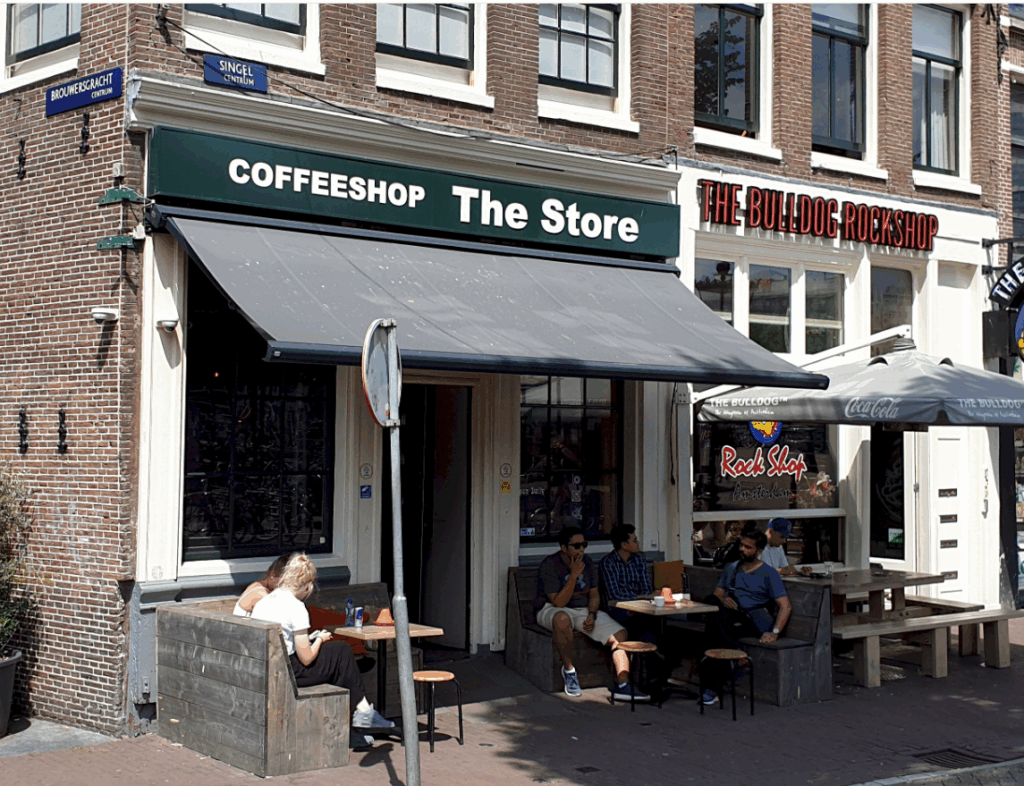
When we started to feel the space to get some dinner, it’s always a question where do we eat? I didn’t reserve for dim sum and walk-in is out of the question on the weekend. We didn’t feel like going for ramen or tacos so we wandered a bit into the Haarlemmerstraat which is close to The Store.
My hubby was very surprised the amount of coffee shops to be found at the Haarlemstraat. We have never walked in that street before, out of all our Amsterdam visits. On the other side of the street, the Satay Club caught my attention. We could go for some yummy Indonesian streetfood. And yummy it was, I was blown away by the sambal goreng beans and the peanut sauce with lemongrass and coconut milk. This joint gets my Indo seal of approval.

With our bullies full and our wallets empty, we went back towards the location where I parked my car. Often I would take the train but part of the line was interrupted and busses used instead and which would mean I would had to leave at 6.30am to be on time =_=. No thanks. The P+R is a handy alternative as you park outside the city centre and pay only EUR 6 after you use the public transport, instead of the usual EUR 36 for the day.
In my opinion you can have a fun day in Amsterdam without the tourist stuff. I managed to avoid all the busy main roads, only for a wee small visit to the Popmart Store.
The interactions with the locals, merchants and service staff made our day very relaxing and fun. Of course de Rijksmuseum is a well worth visit, but the Red Light District not. So much more interesting food to eat outside the popular places. And any fresh baked stroopwafel at the mom and pop stores will be worth your money.

